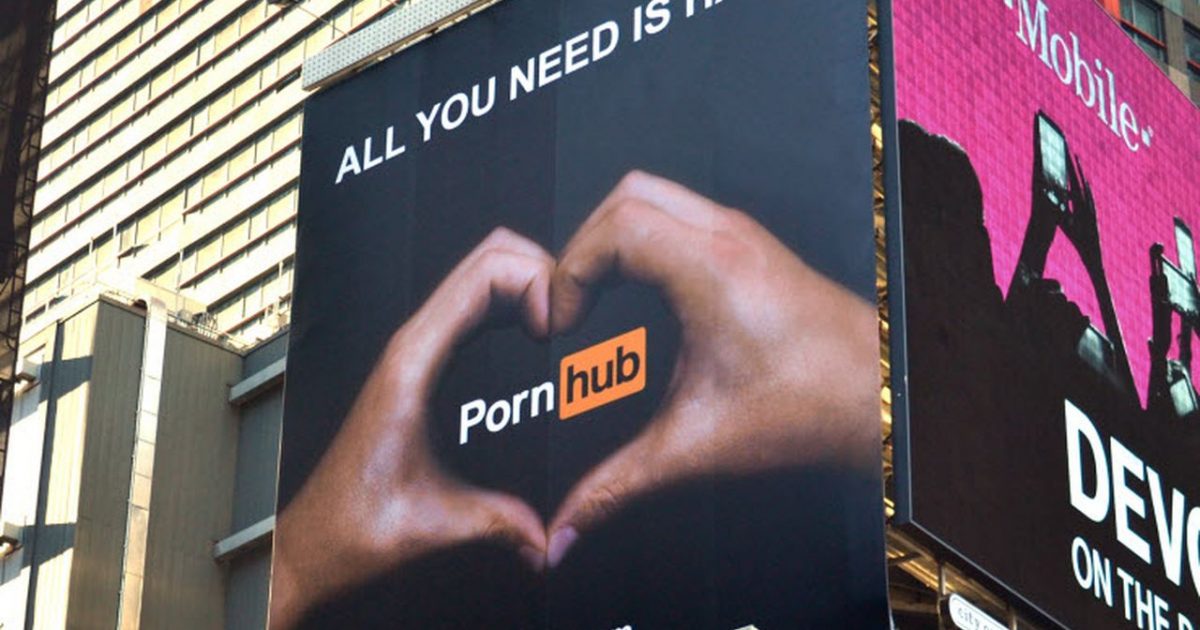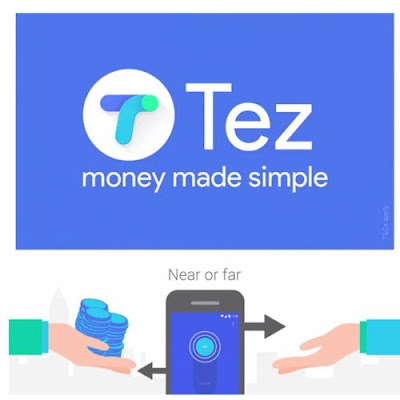The Principle About Bluetooth 5.0 - Explained
Bluetooth is one of those pieces of tech that we now take for granted. Ever since its introduction in the mid-1990s it has become an essential wireless technology, not only for smartphones but also for tablets, laptops, desktops, and more.
Bluetooth comes in two flavors: “Classic” and “Low Energy”. The former is the Bluetooth that enables our wireless keyboards and mice, along with wireless headsets and speakers. The latter, Bluetooth Low Energy (BLE) uses a lot less power and is designed for areas like health care, fitness, and beacons. That’s why wearables like the Fitbit Charge 2 use BLE rather than Bluetooth Classic.
 |
| Bluetooth. |
Last summer, the Bluetooth Special Interest Group (Bluetooth SIG) announced Bluetooth 5. Since then the new specification has been officially published and the technology is starting to appear in
development boards and consumer gadgets, most notably the Galaxy S8.
The Samsung Galaxy S8 and S8+ are the first smartphones to support Bluetooth 5.0, which, up to this point, hasn’t meant a whole lot. Why? Because very few other consumer electronics support it — but that’s about to change. Expect all future Apple, Google and Samsung smartphones to come decked out with Bluetooth 5.0 support, as well as most of your soon-to-be-favorite wireless headphones and
speakers. Your next computer and camera will most likely support it, too. Here’s what it means for you.
 |
| Samsung Galaxy S8 featuring Bluetooth 5.0 |
The way Bluetooth 5 doubles the bandwidth is by doubling the speed of transmission. So previously a packet of data (actually 251 bytes worth) was sent in a set time frame (2120 microseconds). Now, with Bluetooth 5 the same data is sent in 1060 microseconds. However you don’t quite get a doubling of the data rate as the inter-frame space – that is, the time interval between two consecutive packets – remains the same as with Bluetooth 4. What this means is that the data is sent faster, but the gap between the packets has not been shortened. When you do the math that means that Bluetooth 5 is actually about 1.7 times faster than BLE 4.2.
The big improvements with Bluetooth 5.0 amount to its speed and range. Supported devices can transfer data up to 2 Mbps, which is twice the speed as Bluetooth 4.2. This means that you’ll be able to send and receive data, whether that’s music files, documents or photos, in half the time. This transfer speed is also more than enough to support lossless CD-quality audio, provided that the same high-bit-rate codecs are present in both your smartphone and Bluetooth headphones.
Bluetooth 5 is actually about 1.7 times faster than BLE 4.2.
Secondly, Bluetooth 5.0 will have four times the range as Bluetooth 4.2. This means your smartphone and Bluetooth speaker will be able to work up to 260 feet away from each other (if no walls interfere). That’s a huge jump up from the 30 feet allowed by Bluetooth 4.2. The extended range of Bluetooth 5.0 could also have a big impact on smart home (IoT) devices as well, like smart thermostats, smart security cameras and smart bulbs. The low-energy and increased range could mean that these connected devices could switch over from wi-fi.
 |
| Bluetooth 5.0 |
Perhaps the biggest improvement that Bluetooth 5.0 will make on your life is that it will enable two devices to be paired to another device at the same time. For instance, two people with different
wireless headphones can pair to the same smartphone and listen to the same music; no more cumbersome earbud-sharing. This could also impact your decision to get a multi-room sound system, because you could be able to connect your smartphone to two different speakers in different rooms.
Bluetooth 5.0 isn’t perfect and won’t solve all your streaming problems. For example, it won’t allow you to play different songs in multiple rooms, because it’s still a peer-to-peer connection (even though it allows for more “peers”). And you’ll only get the full advantages of Bluetooth 5.0 if the two (or three) devices connected support it. That said, Bluetooth 5.0 has the potential to be awesome; and because your next smartphone will support Bluetooth 5.0, if you’re planning on purchasing new home speakers, it might be worth waiting until a Bluetooth 5.0–supported model hits shelves.
Now that you have seen Bluetooth 5 in action, are you excited to see it in upcoming smartphones? What about in IoT and smart home devices?




Awesome information about Bluetooth 5.0...
ReplyDeleteHve u any idea about Bluetooth new upgrade???
this is the latest bluetooth upgrade bro Ashok
DeleteOk.. I wnt your opinion about
Delete"When new upgrade will Bluetooth 6.
What will be new specification ..."
As the Bluetooth launched in summer 2017 so there is no chance of up gradation in this year Bluetooth up gradation is very slow process.
DeleteAnd this is also not confirmed that the next up gradation is Bluetooth 6 as like before it may be 5.1 or 5.2.
But if I get any information regarding it I will surely write on it.